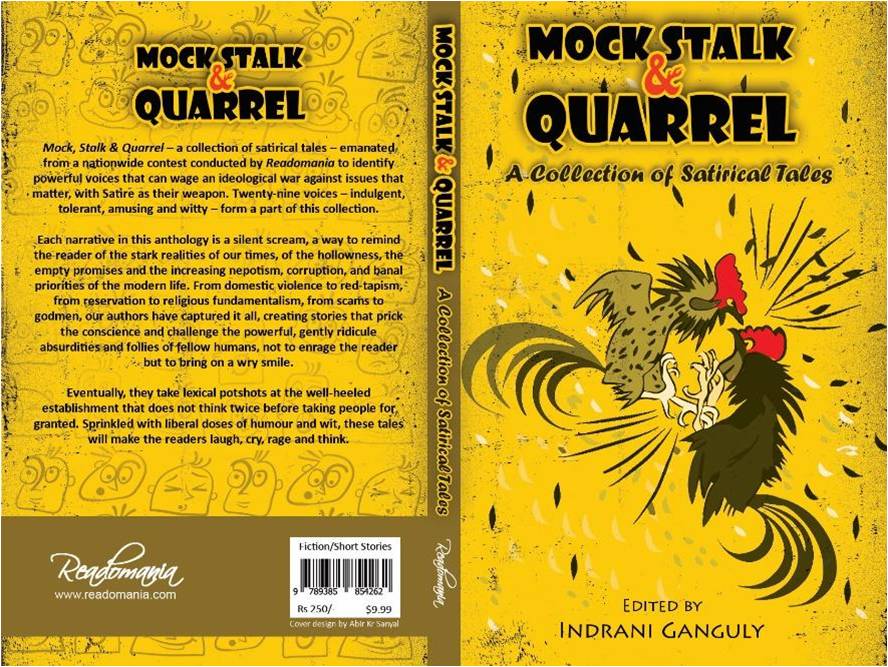A Quill Dipped In Acid
There is often a confusion between humour and satire. Humour is a feel good experience – it makes you smile and laugh. Satire on the other hand shakes you up. Satire is like the pea that doesn’t allow the princess to sleep. Of course, to be troubled by satire you should have the sensitivity which made the princess so special. That is why our political class, whose skin would rival that of any self-respecting pachyderm, is rarely troubled by sarcasm.
In India we have a long history (or mythology) of satire. The first sardonic statement was probably by Draupadi taunting Duryodhan about his lack of occular ability and linking this failing to his DNA. This jibe led to the naani of all battles: Kurukshetra.
Centuries later Kabir Das took a sarcastic dig at the ritual obsessed populace: If you think by worshipping stones you can receive the benediction of God, then I shall go and pray to a mountain. However, it would be better to worship the grinding stone which serves the entire world.
A brilliant political satire was written by Bharatendu Harishchandra in the 19th century: Andher nagri, Chaupat Raja. It worked at a number of levels and is still considered a masterpiece. However, in the present times satire in its true-blue avatar seems to be almost conspicuous by its absence.
The stuff most of the celebrity writers like Khushwant Singh and cartoonists like Mario Miranda indulge in would fall in the category of humour which is safer and less arduous to achieve.
How many true blue satires can Bollywood boast of? ‘Jaane bhi do yaaron’ with its scathing black humour stands alone. The rest are puerile comedies catering to the lowest common denominator.
In the virtual media too we have the coarse and crude AIB and TVF which pander to the young and restless whose appetite for absorbing filth is awesome. The AIB roast of the ‘Gundey team’ made me almost retch.
When are the Indian writers going to rise above slapstick comedy and cheap humour and explore the tough terrain of satire.
I know there are several problems in writing satire. Its shelf life is low; the time given between the incident and its expression is barely a few hours.
But on the flip side India possibly offers the most fertile ground for satire. Here we can see the ridiculous even in the most sublime. We have venal politicians, pompous bureaucrats, over paid cricketers, pampered film stars and caught in their dragnet the common man who epitomizes infinite patience, unflinching faith and a resilience which would put King Bruce’s spider and Mahabharata’s Abhimanyu to shame.
In a scenario such as this, satire should not merely sprout it should blossom and bloom.
So what are you wannabe or ‘been there done that’ satirist waiting for? Pick up your quill, dip it in acid and rip through the miasma of hypocrisy.
About Ramendra Kumar
Ramendra Kumar is an award-winning writer with over 30 books to his credit in the genres of satire, children’s fiction, and non-fiction. His articles and write-ups have been published in several Indian & foreign languages. Among other national and international publications and anthologies, his stories have also been published in the ‘Chicken Soup for the Soul Series’. He is also an inspirational speaker, story-teller and mentor. Ramendra lives in Rourkela, with his wife and children.
.
.
I really like what you guys tend to be up too. This type of clever work and exposure! Keep up the wonderful works guys I’ve included you guys to my blogroll.